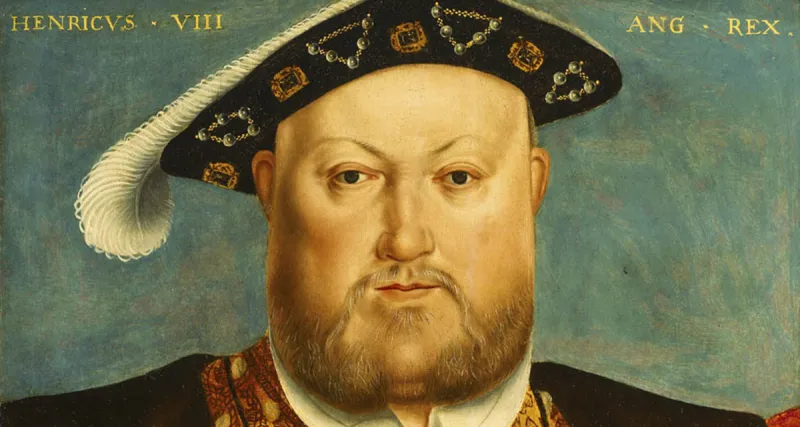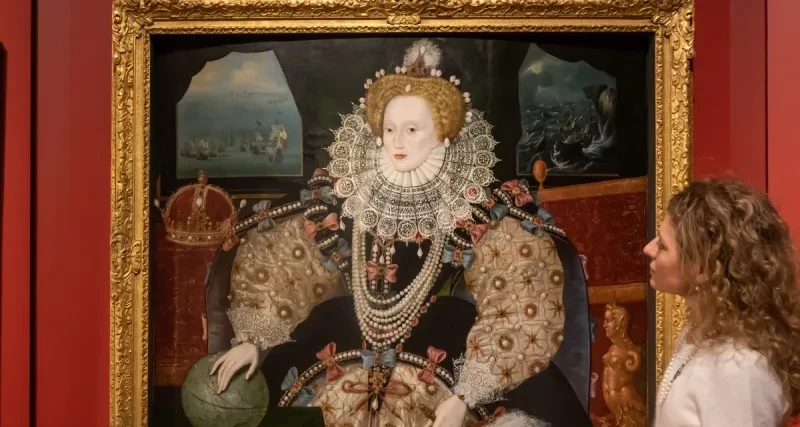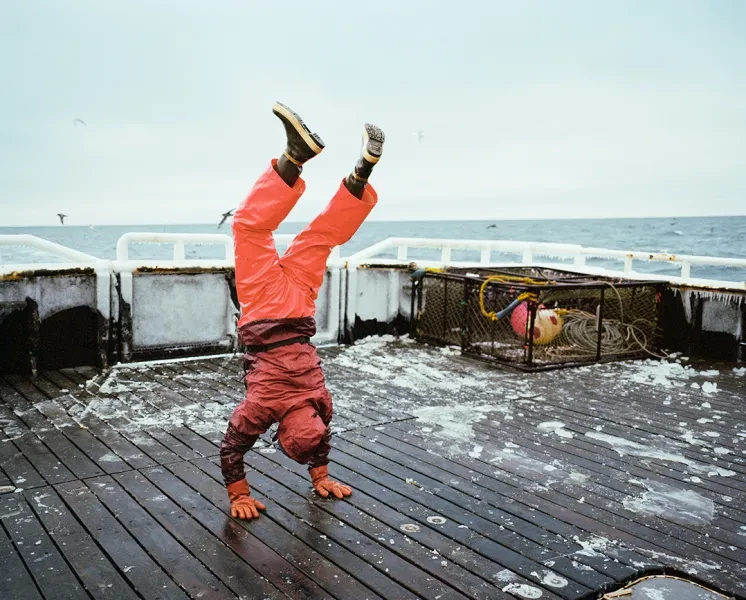
Essential information
| Type | Exhibitions |
|---|---|
| Location | |
| Date and times | This exhibition is now closed |
Tudors to Windsors: British Royal Portraits at the National Maritime Museum featured over 150 of the finest portraits from across five royal dynasties.
See how royal portraiture has developed over the last five centuries, from Henry VII to Elizabeth II.
"This lavish exhibition tells the story of a nation through the faces of its monarchs"
⭐️ ⭐️ ⭐️ ⭐
Evening Standard
Tudors to Windsors at the National Maritime Museum features works by some of the most important artists to have worked in Britain, from court painters Sir Peter Lely and Sir Godfrey Kneller to photographers Cecil Beaton and Annie Leibovitz and artists such as Andy Warhol.
This major exhibition brings together works from the National Portrait Gallery, Royal Museums Greenwich and private collections in a truly landmark collaboration.
Meet the curators
See highlights from Tudors to Windsors: British Royal Portraits in this special live stream hosted by the exhibition curators.
#TudorsToWindsors
A royal invitation
Sign up to our newsletter to be the first to hear about Royal Museums Greenwich exhibitions and events.

The power of portraits
The British royal family has been a source of fascination for hundreds of years.
For much of that time, most ordinary people would never have seen their king or queen in person. For them, the monarch was only seen in paintings that hung in great houses or civic buildings, as public sculpture or, more often, on the coins in their pockets.
It was only from the 16th century that reliable likenesses of kings and queens were produced by painters and sculptors skilled in the new art of portraiture.
Monarchs then had the power to shape and authorise how they were shown. Depending on their personality, the political need and the fashion of the day, the royal portrait could reflect anything from graceful elegance or maternal charm to raw power and extraordinary splendour.
The most successful royal portraits provide insight into the monarch’s character as well as their appearance.
Queen Victoria, Sir George Hayter (© National Portrait Gallery, London)
What makes a successful royal portrait?
From the Ditchley portrait of Queen Elizabeth I to the coronation photograph of Queen Elizabeth II by Cecil Beaton, the exhibition curators take a look at key portraits of royal women featured in the exhibition – and discuss what the artworks reveal about the monarchs.
Spectacular royal crowns
For hundreds of years, crowns have been the ultimate symbol of sovereign’s power. Here, the exhibition curators showcase four crowns depicted in the exhibition portraits, including a lost crown and a tiny crown containing more than 1,100 diamonds.

A royal day out in Greenwich
Greenwich is steeped in royal history.
It was the birthplace of Henry VIII and Elizabeth I, is the home of the Royal Observatory founded by Charles II, and at its heart sits the stunning Queen’s House commissioned by Anne of Denmark, consort to James I of England.
Visit Royal Museums Greenwich and discover how royal portraits have been used by successive monarchs to shape the image of monarchy we have today.
Find more exhibitions and events
Organised in partnership with

Supported by Kathryn Uhde
(Main image: Elizabeth II by Dorothy Wilding, hand coloured by Beatrice Johnson, 1952 © National Portrait Gallery, London)










